DisplayPort (DP) es un estándar de interfaz de pantalla digital que puede transmitir señales de video y audio de alta calidad. Se usa ampliamente en diversos dispositivos, como monitores, laptops, tabletas y teléfonos inteligentes. Sin embargo, no todos los dispositivos cuentan con un puerto DP dedicado, lo que limita la conectividad y compatibilidad de los dispositivos compatibles. Aquí es donde entra en juego el modo alternativo de DP.
El modo Alt de DP es una función que permite que los dispositivos utilicen el Puerto USB tipo C para entregar señales DP. Esto significa que los dispositivos pueden usar un solo cable USB Tipo-C para conectarse a un monitor DP u otros dispositivos sin necesidad de adaptadores ni convertidores. El Modo Alt de DP también permite que los dispositivos admitan múltiples pantallas y salida de video de alta resolución, lo que mejora la experiencia de uso del dispositivo.
En este artículo, explicaremos el concepto, la funcionalidad y el impacto del Modo Alt de DP. También lo compararemos con otros modos, como el Modo Alt de HDMI, MHL y Thunderbolt, y analizaremos sus ventajas y limitaciones. Finalmente, presentaremos algunas perspectivas futuras y guías de usuario para el Modo Alt de DP.
Tabla de contenido
- 1. Definición y funcionalidad del modo alternativo de DP
- 2. Proceso de cambio de modo alternativo de DP
- 3. Aplicaciones prácticas del modo Alt de DP
- 4. Comparación del modo Alt de DP con otros modos
- 5. Ventajas técnicas y limitaciones del modo alternativo de DP
- 6. Perspectivas futuras y guía del usuario
- 7. Conclusión
- 8. La gente también pregunta

Definición y funcionalidad del modo alternativo de DP
Definición básica
El modo Alt de DP es un modo de operación que permite que los dispositivos utilicen el USB tipo C Puerto para transmitir señales DP. Se basa en la especificación USB Power Delivery (PD), que define cómo los dispositivos pueden negociar y conmutar entre diferentes modos de funcionamiento a través de la interfaz USB Tipo-C.
El modo alternativo de DP es uno de los varios modos alternativos compatibles con USB Tipo-C, como el modo alternativo HDMI, MHL y Thunderbolt. Estos modos alternativos permiten que los dispositivos utilicen el puerto USB Tipo-C para fines distintos a la transferencia de datos USB, como vídeo, audio o alimentación.
El modo alternativo de DP es compatible con la interfaz DP estándar, lo que significa que los dispositivos que admiten el modo alternativo de DP pueden conectarse a cualquier dispositivo habilitado para DP, como monitores, proyectores, estaciones de acoplamiento, etc. El modo alternativo de DP también admite las funciones de DP, como Adaptive Sync, HDR y Multi-Stream Transport (MST).

Principio técnico de funcionamiento
El modo alternativo de DP funciona utilizando algunos pines del conector USB Tipo-C para transmitir señales DP en lugar de señales de datos USB. El conector USB Tipo-C tiene 24 pines, de los cuales cuatro se utilizan para la transferencia de datos USB (dos pares de señales diferenciales llamadas líneas SuperSpeed). Los pines restantes se utilizan para el suministro de energía, la configuración y los modos alternativos.
El modo Alt de DP utiliza cuatro pines (dos pares de señales diferenciales, llamadas líneas DisplayPort) para transportar señales DP. Las líneas DP pueden operar a diferentes velocidades, según la versión de DP y la calidad del cable.
Los carriles DP se pueden configurar de diferentes maneras, dependiendo del número de pantallas y la resolución de cada pantalla.
El modo alternativo DP se negocia y activa mediante el protocolo USB PD, lo que permite que los dispositivos se comuniquen e intercambien información a través de la interfaz USB Tipo-C. El protocolo USB PD utiliza dos pines (CC1 y CC2) para enviar y recibir mensajes entre dispositivos. Estos mensajes incluyen las capacidades del dispositivo, el modo de operación solicitado y la confirmación del cambio de modo.

Proceso de cambio de modo alternativo de DP
El proceso de cambio al modo alternativo de DP implica los siguientes pasos:
- El dispositivo de origen (por ejemplo, una computadora portátil) envía un mensaje al dispositivo receptor (por ejemplo, un monitor) para indicar su capacidad de modo alternativo de DP y los carriles de DP disponibles.
- El dispositivo receptor responde con un mensaje para reconocer la capacidad del modo alternativo de DP y la configuración de DP preferida.
- El dispositivo de origen confirma la configuración de DP y envía un mensaje para solicitar el cambio al modo alternativo de DP.
- El dispositivo receptor acepta el cambio de modo alternativo del DP y envía un mensaje para confirmar el cambio de modo.
- El dispositivo de origen y el dispositivo receptor cambian al modo alternativo DP y comienzan a transmitir señales DP a través de la interfaz USB Tipo-C.
Aplicaciones prácticas del modo Alt de DP
Integración con USB Tipo-C
El USB Tipo-C es un conector versátil y reversible que admite diversas funciones, como transferencia de datos USB, suministro de energía y modos alternativos. Se está convirtiendo en la interfaz estándar para muchos dispositivos, como portátiles, tabletas, smartphones, etc.
El modo Alt de DP está integrado con USB Tipo-C, lo que significa que los dispositivos pueden usar el mismo puerto y cable USB Tipo-C para enviar señales DP, además de otras funciones. Esto simplifica la conectividad y la compatibilidad de los dispositivos, ya que los usuarios no necesitan usar diferentes puertos o cables para distintos propósitos.

El modo alternativo de DP también se beneficia de las características del USB Tipo-C, como la orientación reversible del enchufe, la transferencia de datos de alta velocidad y el suministro de energía.
Compatibilidad del dispositivo
El modo alternativo de DP es compatible con una amplia gama de dispositivos compatibles con la interfaz DP estándar, como monitores, proyectores, bases de conexión, etc. También admite varias pantallas mediante la función MST de DP. Esto permite conectar en cadena o dividir la señal DP para conectar varias pantallas mediante un único puerto USB Tipo-C y un cable.
Sin embargo, no todos los dispositivos con puerto USB Tipo-C son compatibles con el Modo Alt de DP, ya que esto depende del chipset y el firmware del dispositivo. Por lo tanto, los usuarios deben consultar las especificaciones del dispositivo o contactar al fabricante para confirmar la compatibilidad con el Modo Alt de DP.Algunos dispositivos también pueden requerir una actualización del controlador o una actualización del firmware para habilitar el modo alternativo DP.
Capacidad de salida de vídeo
El modo alternativo de DP puede admitir una salida de video de alta resolución y alta frecuencia de actualización, según la versión de DP, la calidad del cable y la capacidad del dispositivo.
Sin embargo, no todos los dispositivos compatibles con el modo Alt de DP alcanzan la máxima capacidad de salida de video, dependiendo del chipset y el firmware del dispositivo. Por lo tanto, los usuarios deben consultar las especificaciones del dispositivo o contactar al fabricante para confirmar la capacidad de salida de video. Algunos dispositivos también pueden requerir una actualización de controlador o firmware para maximizar la capacidad de video.
Comparación del modo Alt de DP con otros modos
Comparación con el modo Alt de HDMI
El modo alternativo HDMI permite que los dispositivos utilicen el puerto USB Tipo-C para transmitir señales HDMI. HDMI es otro estándar de interfaz de pantalla digital que transmite señales de video y audio de alta calidad. También se usa ampliamente en diversos dispositivos, como monitores, televisores, computadoras portátiles, tabletas, etc.
Las principales diferencias entre el modo alternativo DP y el modo alternativo HDMI son:
- El modo Alt de DP se basa en el estándar DP, mientras que HDMIEl modo Alt se basa en el estándar HDMI. Esto significa que los dispositivos compatibles con el modo Alt DP pueden conectarse a cualquier dispositivo compatible con DP, mientras que los dispositivos compatibles con el modo Alt HDMI pueden conectarse a cualquier dispositivo compatible con HDMI. Sin embargo, los dispositivos compatibles con ambos modos pueden usar adaptadores o conversores para conectarse a cualquiera de los dos.
- El modo Alt de DP admite mayor resolución y frecuencia de actualización que el modo Alt de HDMI, según la versión de DP y la calidad del cable. El modo Alt de DP admite MST, lo que permite conectar dispositivos a varias pantallas mediante un único puerto y cable USB Tipo-C. El modo Alt de HDMI no admite MST, lo que significa que los dispositivos solo pueden conectarse a una pantalla mediante un único puerto y cable USB Tipo-C.
- El modo alternativo HDMI es compatible con Adaptive Sync, que permite que los dispositivos sincronicen la frecuencia de actualización del programa con la velocidad de fotogramas del contenido, lo que resulta en una reproducción de video más fluida y sin cortes. El modo alternativo HDMI no es compatible con Adaptive Sync, lo que significa que los dispositivos pueden experimentar cortes o cortes en la reproducción de video.
Comparación con MHL y Thunderbolt
MHL y Thunderbolt son otros dos modos que permiten a los dispositivos usar el puerto USB Tipo-C para transmitir señales de video y audio. MHL es un estándar de interfaz para dispositivos móviles que permite transmitir señales de video y audio de alta calidad desde smartphones y tablets a televisores y monitores. Thunderbolt es un estándar de interfaz de alta velocidad que permite transmitir señales de datos, video y alimentación a través de un solo cable.
Las principales diferencias entre el modo alternativo de DP y MHL y Thunderbolt son:
- El modo Alt de DP y MHL se basan en la especificación USB PD, lo que significa que utilizan el protocolo USB PD para negociar y cambiar de modo a través de la interfaz USB Tipo-C. Thunderbolt se basa en la especificación Intel Thunderbolt, lo que significa que utiliza un protocolo diferente para negociar y cambiar de modo a través de la interfaz USB Tipo-C.
- El modo Alt de DP y Thunderbolt admiten mayor resolución y frecuencia de actualización que MHL, según la versión de DP, la calidad del cable y la capacidad del dispositivo. Por ejemplo, DP 1.4 admite una resolución de hasta 8K a 60 Hz o 4K a 120 Hz, mientras que Thunderbolt 3 admite una resolución de hasta 5K a 60 Hz o 4K a 120 Hz. MHL 3.0 admite una resolución de hasta 4K a 30 Hz o 1080p a 60 Hz.
- El modo alternativo de DP y Thunderbolt pueden admitir MST, lo que permite que los dispositivos se conecten a múltiples pantallas mediante un puerto y un cable USB tipo C.MHL no es compatible con MST, lo que significa que los dispositivos solo pueden conectarse a una pantalla mediante un único puerto y cable USB Tipo-C.
- El modo Alt de DP y Thunderbolt son compatibles con Adaptive Sync, que permite que los dispositivos sincronicen la frecuencia de actualización de la pantalla con la velocidad de fotogramas del contenido, lo que resulta en una reproducción de vídeo más fluida y sin cortes. MHL no es compatible con Adaptive Sync, lo que significa que los dispositivos pueden experimentar cortes o cortes durante la reproducción de vídeo.
- El modo Alt de DP y MHL admiten la entrega de energía, lo que permite que los dispositivos carguen o alimenten otros dispositivos mediante el puerto y cable USB Tipo-C. Thunderbolt también admite la entrega de energía, pero solo hasta 15 W, lo cual podría no ser suficiente para algunos dispositivos.

| Modo | Resolución | Frecuencia de actualización | MST | Sincronización adaptativa | Entrega de potencia |
| Modo alternativo de DP | Hasta 8K | Hasta 120 Hz | Sí | Sí | Sí |
| Modo alternativo HDMI | Hasta 4K | Hasta 60 Hz | No | No | Sí |
| MHL | Hasta 4K | Hasta 30 Hz | No | No | Sí |
| Rayo | Hasta 5K | Hasta 60 Hz | Sí | Sí | Hasta 15 W |
Ventajas técnicas y limitaciones del modo alternativo de DP
Ventajas
El modo alternativo DP tiene varias ventajas técnicas que lo convierten en un modo superior para la transmisión de video a través de la interfaz USB Tipo-C.Algunas de las ventajas son:
- El modo alternativo DP puede admitir una salida de video de alta resolución y alta frecuencia de actualización, lo que puede proporcionar una mejor calidad visual y experiencia de usuario para diversas aplicaciones, como juegos, transmisión, edición, etc.
- El modo alternativo de DP puede admitir MST, lo que permite que los dispositivos admitan múltiples pantallas y amplíen el área del escritorio, lo que puede mejorar la productividad y la eficiencia de los usuarios.
- El modo alternativo de DP puede admitir sincronización adaptativa, lo que puede mejorar la fluidez y el rendimiento sin interrupciones de la reproducción de video y beneficiar a los usuarios que miran o crean contenido de video.
- El modo alternativo de DP puede admitir el suministro de energía, lo que puede permitir que los dispositivos carguen o alimenten otros dispositivos utilizando el mismo puerto y cable USB tipo C, lo que puede simplificar la conectividad y la compatibilidad de los dispositivos.
Limitaciones
El modo alternativo de DP también presenta algunas limitaciones técnicas que pueden afectar su funcionalidad y compatibilidad. Algunas de estas limitaciones son:
- El modo Alt de DP requiere que el chipset y el firmware del dispositivo lo admitan, lo que significa que no todos los dispositivos con puerto USB Tipo-C lo admiten. Los usuarios deben consultar las especificaciones del dispositivo o contactar al fabricante para confirmar su compatibilidad.
- El modo Alt de DP requiere la calidad del cable para ser compatible, lo que significa que no todos los cables USB Tipo-C son compatibles. Los usuarios deben consultar las especificaciones del cable o contactar al fabricante para confirmar su compatibilidad.
- El modo Alt de DP puede tener problemas de compatibilidad con algunos dispositivos o accesorios que no lo admiten o que tienen versiones de DP diferentes. Es posible que los usuarios necesiten usar adaptadores o conversores para conectar estos dispositivos o accesorios, lo que puede afectar la calidad o el rendimiento del video.
Perspectivas futuras y guía del usuario
Tendencias de desarrollo tecnológico
El modo Alt de DP es una tecnología relativamente nueva que sigue evolucionando y mejorando. El estándar DP se actualiza constantemente para ofrecer mayor resolución, frecuencia de actualización y funciones. La interfaz USB Tipo-C también se está volviendo más común y versátil, ofreciendo diversas funciones y modos.
Las perspectivas futuras del modo Alt de DP son prometedoras, ya que puede proporcionar una mejor calidad de transmisión de video y experiencia de usuario a través de la interfaz USB Tipo-C. El modo Alt de DP también puede aprovechar las características del USB Tipo-C, como la orientación reversible del enchufe, la transferencia de datos de alta velocidad y el suministro de energía.
Algunos de los posibles desarrollos del modo alternativo de DP son:
- DP 2.1: La última versión del estándar DisplayPort es DP 2.1. Representa una mejora significativa respecto a las versiones anteriores, ofreciendo capacidades mejoradas para monitores de alta gama para informática y juegos. Con DP 2.1, los usuarios pueden esperar compatibilidad con resoluciones de hasta 16K, frecuencias de actualización más rápidas y capacidades de suministro de energía mejoradas¹. Introduce nuevos modos de transmisión como Ultra High Bit Rate 10 (UHBR 10), UHBR 13.5 y UHBR 20, que aumentan considerablemente el ancho de banda total disponible, más del triple que el de DisplayPort 1.4.
- USB4: La próxima generación del estándar USB, que puede admitir transferencias de datos de hasta 40 Gbps y puede integrar Thunderbolt 3 y DP 2.0 a través de la interfaz USB Tipo-C. USB4 también puede admitir USB PD 3.0, que puede suministrar hasta 100 W de potencia.
- Modo Alt de DP inalámbrico: Una posible extensión del Modo Alt de DP, que permite que los dispositivos transmitan señales DP de forma inalámbrica a través de la interfaz Wi-Fi o Bluetooth. El Modo Alt de DP inalámbrico ofrece mayor comodidad y flexibilidad a los usuarios que desean conectarse a pantallas o dispositivos inalámbricos.
Consejos de compra
Para los usuarios que estén interesados en comprar dispositivos o accesorios compatibles con el modo Alt de DP, aquí hay algunos consejos y sugerencias de compra:
- Consulte las especificaciones del dispositivo o contacte con el fabricante para confirmar la compatibilidad con el modo Alt de DP y la capacidad de salida de video. Algunos dispositivos también pueden requerir una actualización de controlador o firmware para habilitar el modo Alt de DP.
- Consulte las especificaciones del cable o contacte al fabricante para confirmar la compatibilidad con el modo Alt de DP y la calidad del cable. Algunos cables también pueden incluir un logotipo o una etiqueta de modo Alt de DP para indicar su compatibilidad.
- Comprueba la compatibilidad de los dispositivos o accesorios que quieres conectar con el modo Alt de DP. Es posible que algunos dispositivos o accesorios no sean compatibles con el modo Alt de DP o tengan versiones diferentes. Es posible que necesites usar adaptadores o conversores para conectarlos, lo que podría afectar la calidad o el rendimiento del vídeo.
- Comprueba la capacidad de suministro de energía de los dispositivos o accesorios que quieras cargar o alimentar con el modo Alt de DP. Algunos dispositivos o accesorios pueden requerir más energía de la que suministran el puerto y el cable USB Tipo-C. Es posible que necesites una fuente de alimentación independiente o un adaptador de corriente para cargar o alimentar estos dispositivos o accesorios.
- Hub USB C de Cabletime: Un concentrador USB tipo C compatible con el modo Alt de DisplayPort y que puede conectarse a múltiples dispositivos y accesorios, como HDMI, DisplayPort, VGA, Ethernet, USB 3.0, tarjetas SD, etc. También admite suministro de energía, transferencia de datos y MST. Es compatible con varios dispositivos, como MacBook Pro, iPad Pro, Samsung Galaxy S21, etc.
Conclusión
DP El Modo Alt es una tecnología prometedora que ofrece una mejor calidad de transmisión de video y una mejor experiencia de usuario a través de la interfaz USB Tipo-C. Quienes estén interesados en comprar dispositivos o accesorios compatibles con el Modo Alt de DisplayPort deben verificar las especificaciones del dispositivo, las del cable, la compatibilidad de los dispositivos o accesorios y la capacidad de suministro de energía antes de realizar la compra.
Esperamos que este artículo le haya ayudado a comprender el concepto, la funcionalidad y el impacto del modo alternativo de DP. Si tiene alguna pregunta o comentario, no dude en contactarnos. Gracias por leer.
La gente también pregunta
¿Cómo comprobar el modo Alt de DP?
Para determinar si su dispositivo es compatible con el modo Alt de DisplayPort, busque el logotipo o la etiqueta de dicho modo en el dispositivo o el cable. También puede revisar las especificaciones del dispositivo o contactar al fabricante para confirmar su compatibilidad. También puede usar una herramienta de software como DisplayPort Alt Mode Tester para comprobar la funcionalidad del modo Alt de DisplayPort de su dispositivo.
¿Cuál es la diferencia entre la tunelización DP y el modo Alt de DP?
La tunelización DP y el modo alternativo DP son dos formas diferentes de transmitir señales DP a través de la interfaz USB Tipo-C. La tunelización DP utiliza las líneas de datos USB para transportar señales DP, mientras que el modo alternativo DP utiliza los pines de modo alternativo para transportar señales DP. La tunelización DP requiere un controlador USB para codificar y decodificar las señales DP, mientras que el modo alternativo DP no lo requiere. La tunelización DP admite la transferencia simultánea de datos USB y vídeo DP, mientras que el modo alternativo DP solo admite una función a la vez.
¿Todos los cables Thunderbolt admiten el modo Alt de DP?
No, no todos los cables Thunderbolt son compatibles con el modo Alt de DisplayPort. Los cables Thunderbolt se dividen en dos tipos: pasivos y activos. Los cables Thunderbolt pasivos son más cortos y económicos, y admiten el modo Alt de DisplayPort y el modo Thunderbolt. Los cables Thunderbolt activos son más largos y costosos, y solo admiten el modo Thunderbolt.Por lo tanto, los usuarios deben verificar las especificaciones del cable o comunicarse con el fabricante para confirmar la compatibilidad con el modo alternativo de DP.

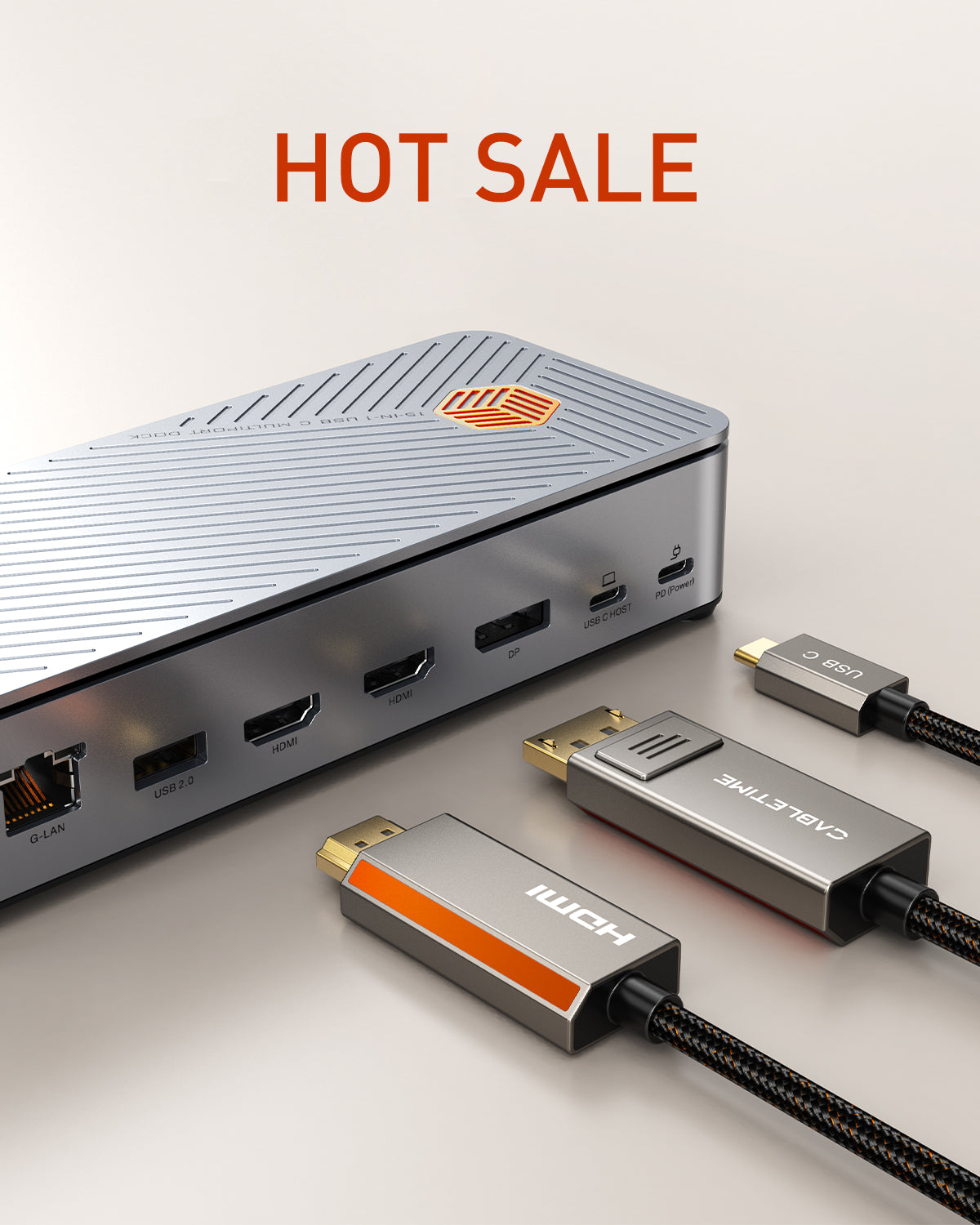
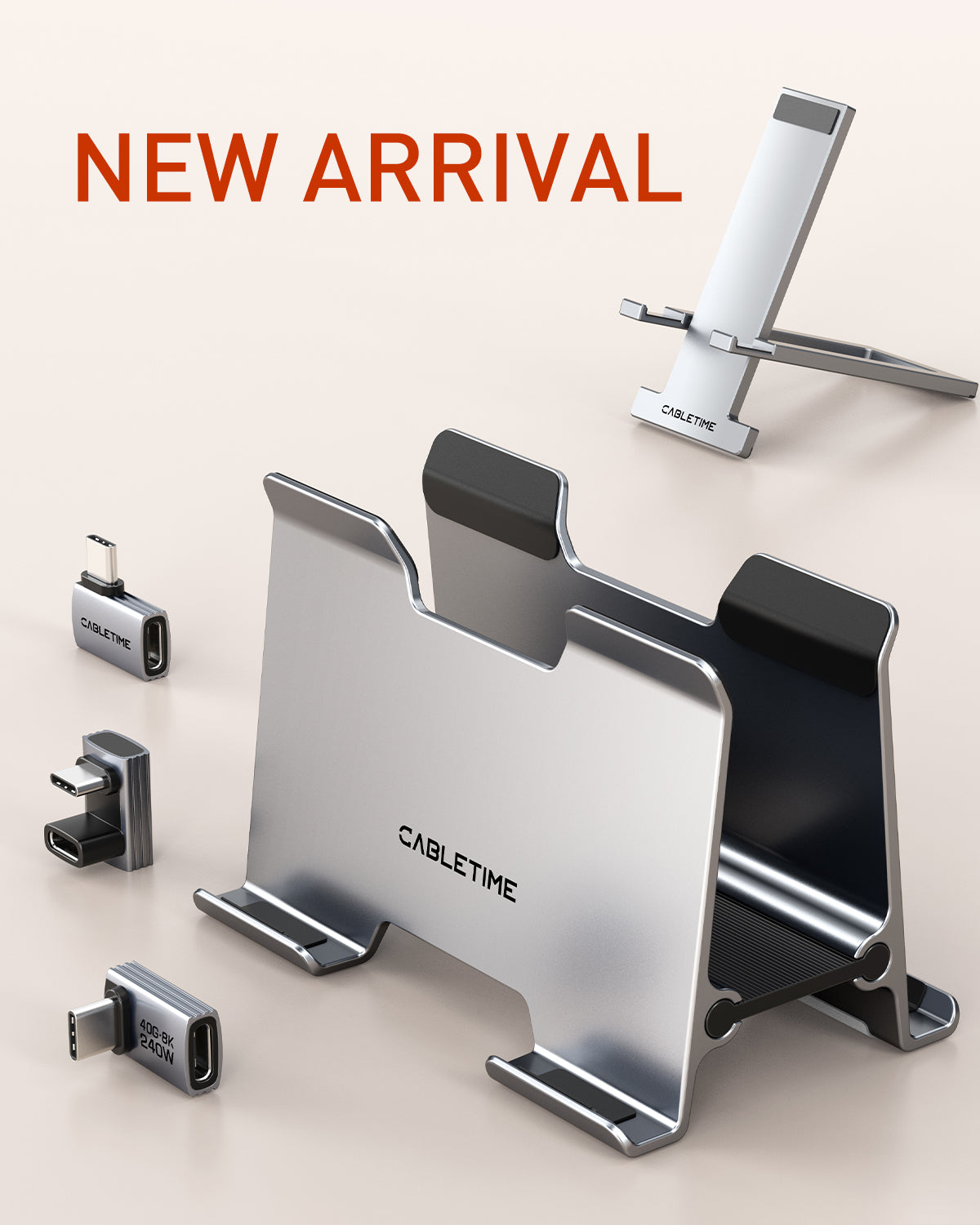
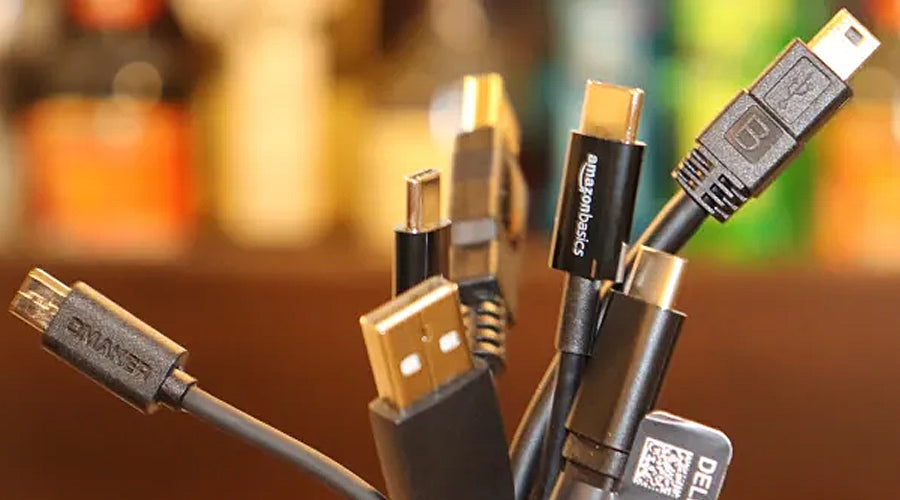
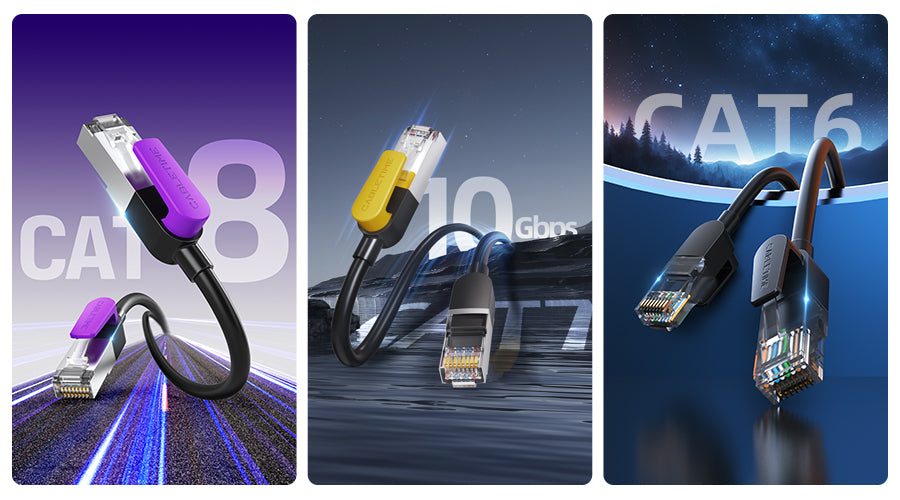
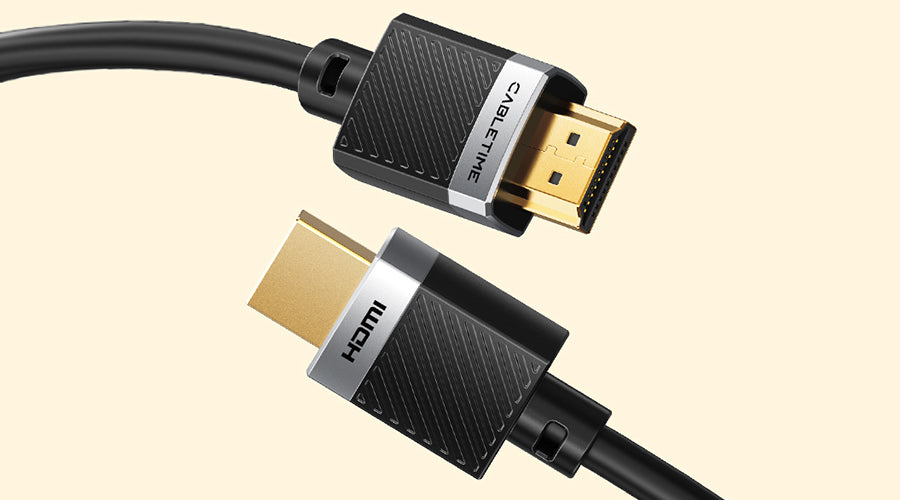
Deja un comentario
Este sitio está protegido por hCaptcha y se aplican la Política de privacidad de hCaptcha y los Términos del servicio.